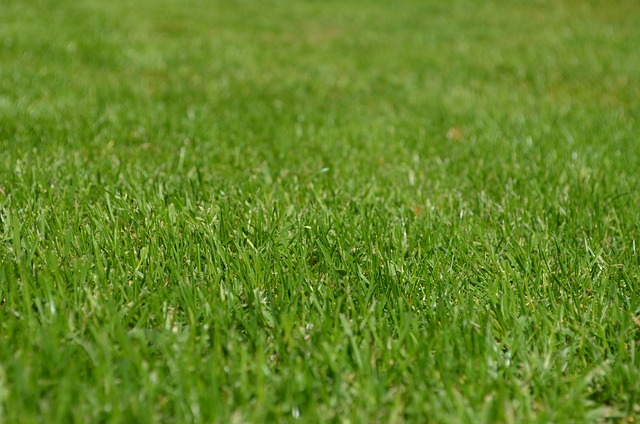Preemergence Herbicides in the Home Lawn
Searcy, Ark. –

What Are Preemergence Herbicides?
Preemergence herbicides are the foundation of a turfgrass weed management program. These herbicides are applied to the site before weed seed germination. After being activated by rainfall or irrigation, they form a herbicide barrier at or just below the soil surface. When the roots or shoots of germinating seeds contact the herbicide barrier, their growth is inhibited.
Most preemergence herbicides are cell division inhibitors, targeting the emerging roots or shoots where rapid cell division occurs. However, weeds that have already emerged (visible) are not consistently controlled because their growing point has escaped contact with the herbicide. The primary targets are annual grasses, such as large crabgrass, though some small-seeded annual broadleaf weeds are also controlled.
Factors Influencing Herbicide Performance
A variety of factors affect the performance of preemergence herbicides. These include:
- Timing of application in relation to weed seed germination
- Soil type
- Environmental conditions (primarily temperature and rainfall)
- Target weed species and biotype
Importance of Timing and Activation
Preemergence herbicides must be in place and activated before weed seed germination begins. Activation requires 0.5 inches of rainfall or irrigation. For the best results, rainfall or irrigation should occur within 24 hours of application to move the herbicides into the soil’s upper layer.
The period between application and activation can vary depending on the herbicide used, application rate, and environmental conditions.
When to Apply for Optimal Results
Ideally, preemergence herbicides should be applied just before weed seed germination. However, germination timing can vary from year to year due to changing weather conditions. Because applying too late is the most common reason for herbicide failure, it's better to apply early.
Research shows that preemergence crabgrass herbicide applications made in January or February are just as effective as those applied in March. This works because herbicides degrade more slowly in cold weather. For homeowners looking to control crabgrass, Scotts Halts (pendimethalin) is a good preemergence option.
Understanding Crabgrass Germination
Crabgrass germinates in the spring (late March to April) when soil temperatures at the 4-inch depth reach 53 to 58 degrees Fahrenheit. Alternating wet and dry conditions, along with exposure to light, promote crabgrass germination.
Sequential or Repeat Applications for Season-Long Control
Herbicides begin to degrade soon after application, especially in warm weather, eventually becoming ineffective. Preemergence herbicides typically last between 6 and 16 weeks. To maintain control throughout the growing season, repeat or sequential applications are recommended.
Make the second (sequential) application 60 days after the initial treatment to ensure full-season weed control.
By Sherri Sanders
County Extension Agent - Agriculture
The Cooperative Extension Service
U of A System Division of Agriculture
Media Contact: Sherri Sanders
County Extension Agent - Agriculture
U of A Division of Agriculture
Cooperative Extension Service
2400 Old Searcy Landing Road Searcy AR 72143
(501) 268-5394
ssanders@uada.edu
The Arkansas Cooperative Extension Service is an equal opportunity institution. If
you require a reasonable accommodation to participate or need materials in another
format, please contact your County Extension office (or other appropriate office)
as soon as possible. Dial 711 for Arkansas Relay.
Pursuant to 7 CFR § 15.3, the University of Arkansas System Division of Agriculture
offers all its Extension and Research programs and services (including employment)
without regard to race, color, sex, national origin, religion, age, disability, marital
or veteran status, genetic information, sexual preference, pregnancy or any other
legally protected status, and is an equal opportunity institution.